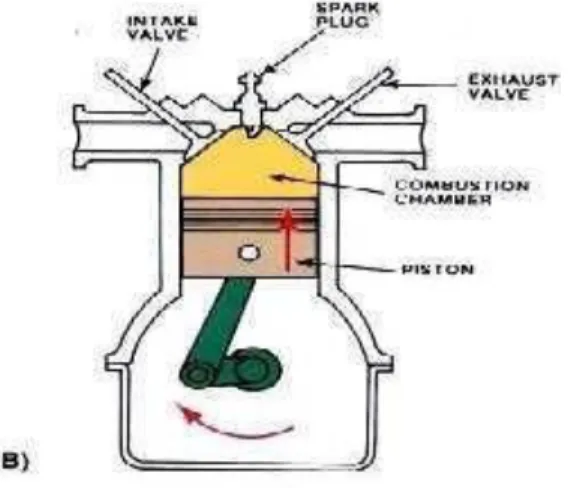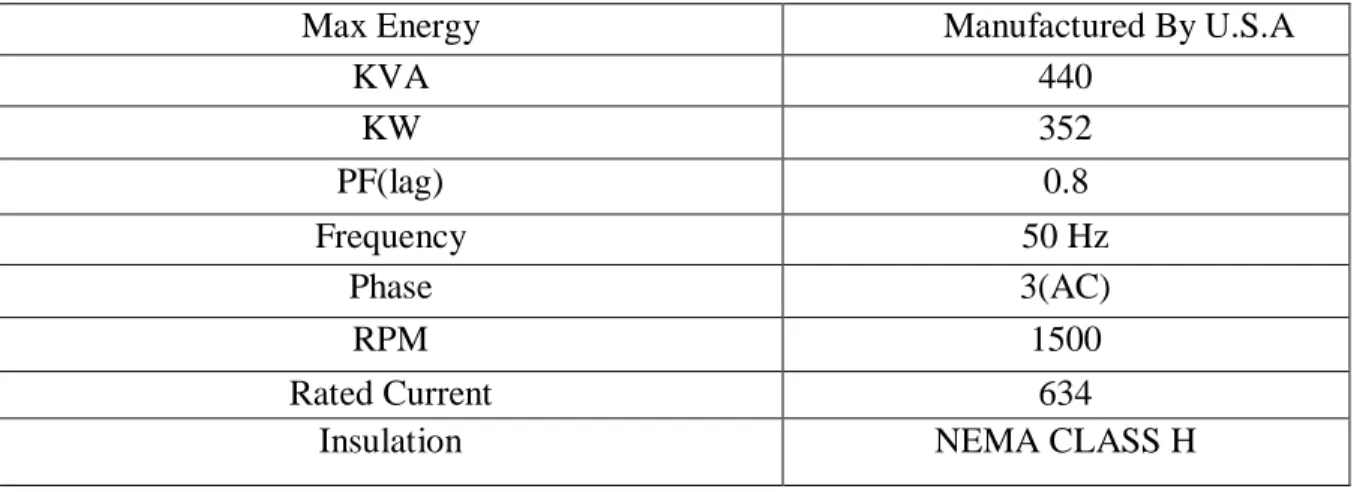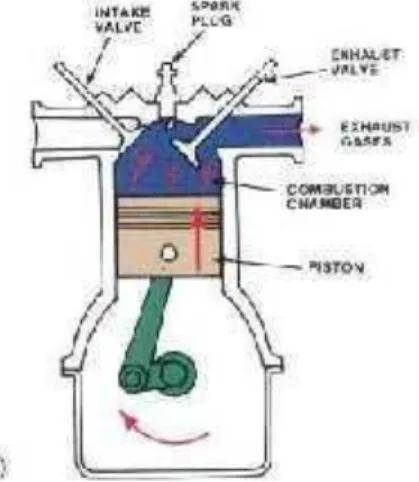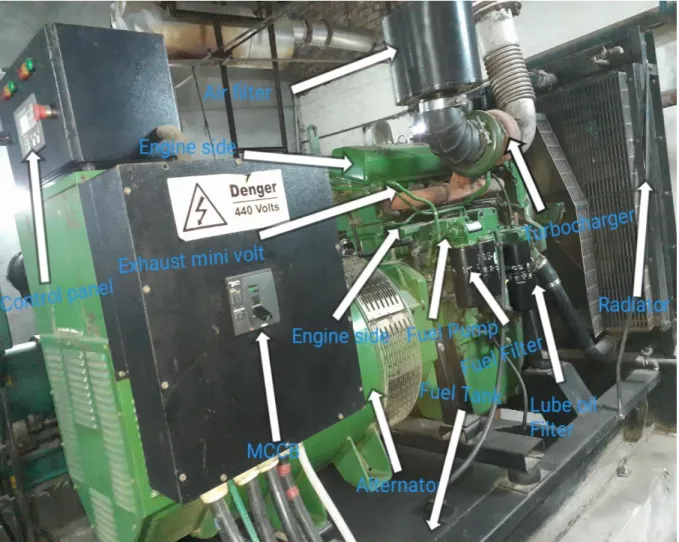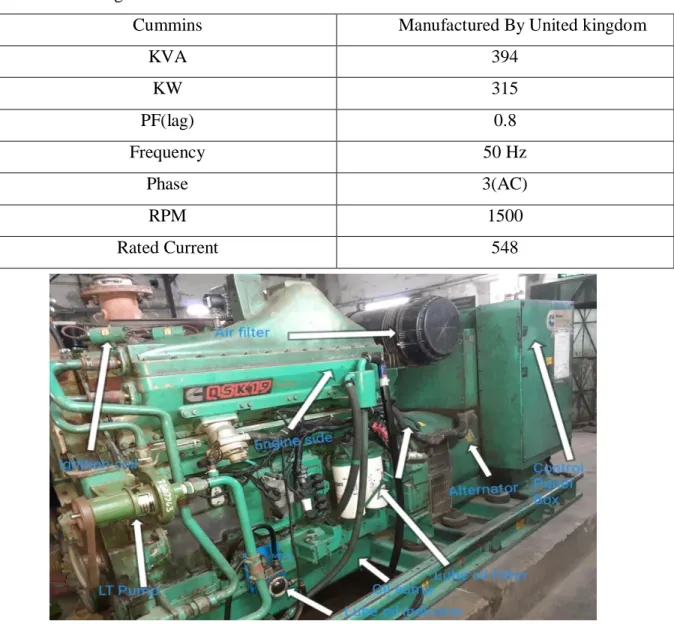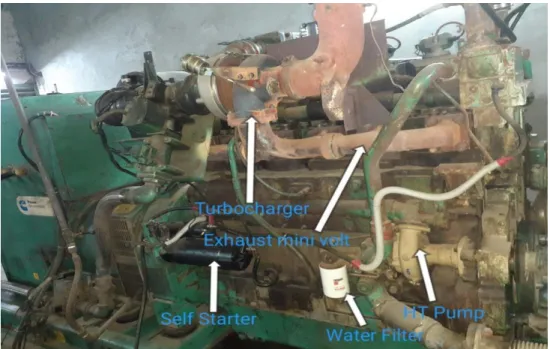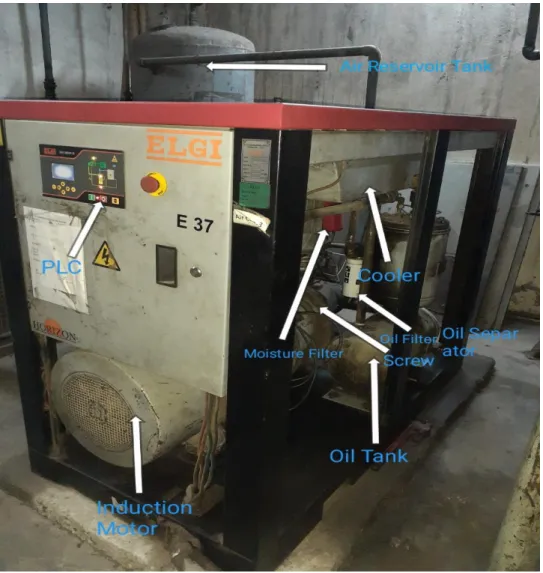We would like to begin our acknowledgment by conveying our sincere gratitude to Almighty Allah. Then we would like to thank my supervising advisor Abdullah-Al-Islam for his continuous support, cooperation and generosity. A big thanks to his engineers whose guidance and training came in handy in gaining complete knowledge and experience on how to maintain &.
And last but not least, our heartfelt thanks go to our parents, whose continuous support has been a real source of motivation in making this report a fruitful one.
INTRODUCTION 1-2
Objective of the Internship 1
Scope 1
Methodology 2
And after that, these sections are divided into sub-sections because all these sections require several things to be described to get a proper idea of the operation and maintenance of the industries.
COMPANY PROFILE 3-4
Surma in the 21st century 4
To help achieve this, we have strict business rules with our raw material suppliers and also enforce strict quality control. We are fully ready with our many years of experience to take on the challenge of the 21st century.
DIESEL GENERATOR 5-10
- Classification of internal combustion (I.C.) Engines 5
- Four-stroke Diesel Engine 6
- Diesel Generator Rating features 8
- Maintenance Procedure 9
- Findings 10
- Recommendation 10
- Gas Generator 11
- Gas Generator Features 11
- Gas Generator Main parts 12
- Maintenance Procedures 14
- Findings 14
- Recommendation 14
An alternator consists of many complex components, but one of the most important aspects is the rotor. It is often desired to take part of the system apart for general maintenance and repairs. Kerosene, heating oil, and liquid propane are the most common fuel sources used in the combustion chamber.
The firebox or combustion chamber is usually made of cast iron to withstand the heat and pressure of the process inside. One of the most important parts of boiler is the burner where the mixing of the air with the fuel source takes place, resulting in the combustion which provides the necessary heat to heat the liquid. They are responsible for starting the combustion reaction in the system with the electronic signal from the thermostats to the burner.
They know the right time based on the temperature of the liquid in the kettle. The check valve acts as a safety unit, allowing fluid to flow in one direction only. Some of the soluble organic matter and light suspended solids will form a flocculent coating with the coagulants.
The practice time was too short, so we couldn't learn all the sets thoroughly. The university body should offer at least one course related to mechanical engineering to understand the mechanical parts of power plant.
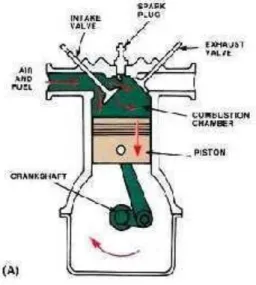
Generator Cooling System 15-15
Air cooling 15
So by cool air replaces the hot air around generator and finally the temperature drops.
Water cooling 15
However, the disadvantage of a single busbar system is that if the busbar needs to be repaired or a fault occurs on the bus, there is a complete interruption of the power supply. The inlet air filter rests just inside the compressor opening valve and traps dust, moisture and air particles that would be harmful to the inside of the machine. They are typically anti-friction and anti-corrosive, with several design changes based on the size, scale and output expectations of the compressor unit, as well as whether it is oil-lubricated or oil-free.
Likewise, discharge valves are at the opposite end of the suction valve and signal the end of the compression cycle. The compressor motor drives the rotations of the rollers on automatic and custom settings, which in turn powers the machine's full compression capabilities. The amount of dust in the air causes the cooler and air filter to seize.
Aquastats are the components in the boiler that ensure that the correct signal is sent to the burner about when to stop or start the process. These parts of the boiler are pipes responsible for delivering the heated fluid flow to the distribution points in the boiler. Naturally, sensors are used everywhere in the system to detect possible combustion.
This compartment branches out and expands to various sections of the plant where there is the need for fire safety. Before the internship, I did not have any academic knowledge about the mechanical part of the power plant, for which we had some problems in my internship.
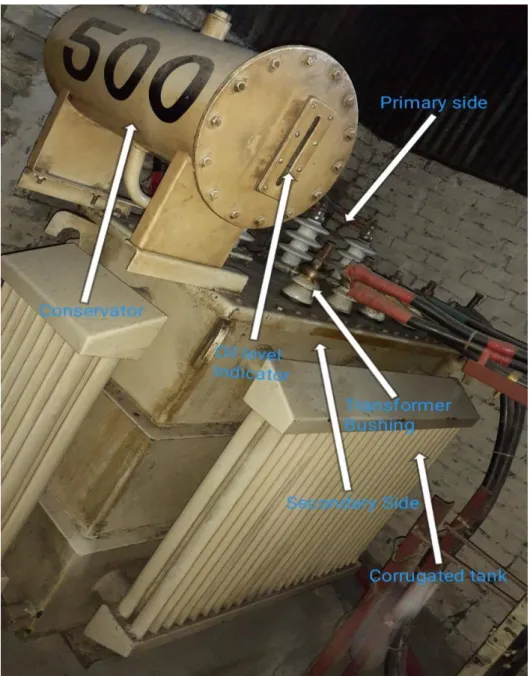
SUB-STATION 16-21
Sub-Station features 16
Main Parts of Sub Station 17
Single Bus Configuration 18
Power Transformer 18
Instrument Transformer 20
Apparently the CT looks like a wide round cylinder and is connected in series with the distribution line which I am watching closely. ii) Potential Transformers (PT). The combustion created in the firebox generates heat which is transferred by the heat exchanger to heat the liquid in the tank. This heat exchanger transfers the generated heat to the liquid without direct contact with the water.
Another item on the list of various parts of boilers is the expansion tank; this small tank is responsible for protecting the boiler from excessive pressure and ensures its safety during the process. Return lines are responsible for bringing the cooled liquid or the cooled vapor (which changes its state back to its liquid form) back to the boiler to heat it up again. This part directs the hot water through the boiler to help it circulate to the various outlets in our homes, offices or other places where the boiler is used.
For pressure filtration, vacuum pumps can be used to force the filter and suspended clumps are collected in the fine filter under pressure. They are programmed such that wherever there is any internal burning or burning in the system; The CO2 gets right there and handles the situation automatically. For this internship I had the opportunity to work as a member of a professional team which was involved in the I&C (Instrumentation and Control) section, electrical section, mechanical section and maintenance section.
Recommendation 21
Findings 21
Air Compressor 22-25
Classification 22
Low pressure air compressors (LPAC) having a discharge pressure of 150 pounds per square inch (10 bar) or less. High Pressure Air Compressors (HPAC) having a discharge pressure above 1000 pounds per square inch (69 bar).
Air compressor features 22
Main parts & its detail 23
For oil-lubricating compressors, oil filters shall be located inside the walls of the rotating chamber and near the discharge valves to properly filter the oil lubrication from the compressed air. Liquid lubrication also provides the necessary cooling for compression machines, which produce high heat contrary to what is safe for optimum air and machine capacities. Bearings sit on both ends of the rotor and help the rotors stay securely in place, spinning evenly and keeping their loads balanced and at the right capacity.
The suction valve is located at the top of most compression units and is responsible for the initial extraction of raw gas. Based on the unit's system stage control, the intake valves open to allow air to enter the interior where it is mixed and trapped in the interconnected twin rotors. They receive air under pressure and discharge it into a holding or storage tank or from a discharge pipe for immediate use.
With their multi-control scheme settings, a system control display is needed for operators to read and measure a unit's health and overall output. A system check will display and monitor the various components of a compressor, as well as its operating, idle or stop parameters. The storage tank receives the now condensed air from the discharge valve, where it sits securely and maintains its pressure until use.
Maintenance procedures 25
Findings 25
Recommendation 25
Boiler is a closed vessel in which water or other liquid is heated, steam or vapor is generated, steam is superheated, or any combination thereof, under pressure or vacuum, for use outside itself, by the direct application of energy from the combustion of fuel , of electricity or nuclear energy. The burner creates combustion in this chamber which heats the heat exchanger to several hundred degrees. The process raises the temperature inside the room to several hundred degrees in a very short time so the material used should be suitable for such a condition.
There is a nozzle designed on the burner to convert this fuel into the spray and ignite it, starting the combustion inside the combustion chamber. The last item on the list of different parts of the boiler we want to introduce to you is the circulation pump. Waste liquor after pre-treatment, dyeing, printing and post-treatment is subjected to primary filtration, in which coarse solids such as waste threads, pieces of fabric, lint etc. are removed.
After primary filtration, the liquid passes to the cooling and mixing tank in which the effluents from different processes are uniformly mixed. The effluent is pumped to a tank in which it is neutralized by acid or alkali nap. The blanket is dumped into another tank and the remaining solution is moved to the pressure filter.
Students must complete power plant related courses such as power plant and switchgear before the internship. I also gained practical knowledge during the internship period; With the experience of this internship I can relate the practical insight to the theoretical knowledge.
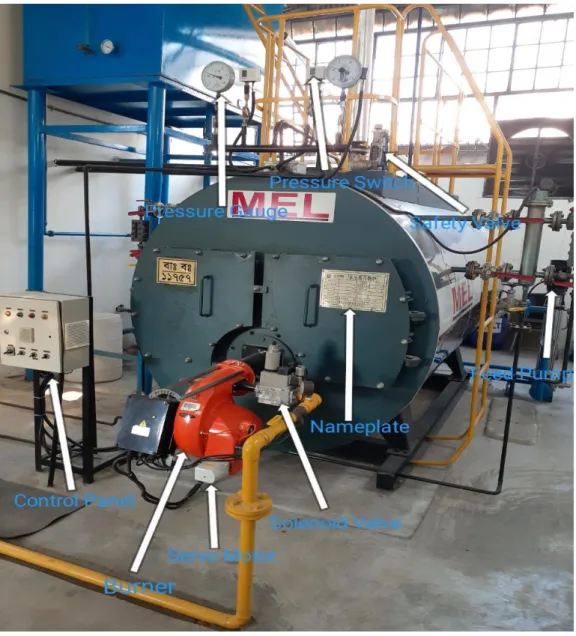
BOILER 26-29
Boiler features 26
Main parts 27
Boiler Applications 29
The tank has an automatic dosage controller which automatically controls the dosage of acid or alkali to maintain the required ph. Very effective chemical coagulation for the removal of colors and suspended materials, aluminum, iron sulfates, iron chloride, copper chloride, etc. During our working period in Surma, I underwent a one-day training session on Fire and Safety Procedure by a senior MD specialist. Barek Hossain in this field.
In addition, a routine workshop is held for the employees and other items to keep them aware and careful about handling fire. It is worth noting that these cylinders are routinely replaced as they require refilling. I believe that the practical experience I gained in Surma will help us in our professional lives.
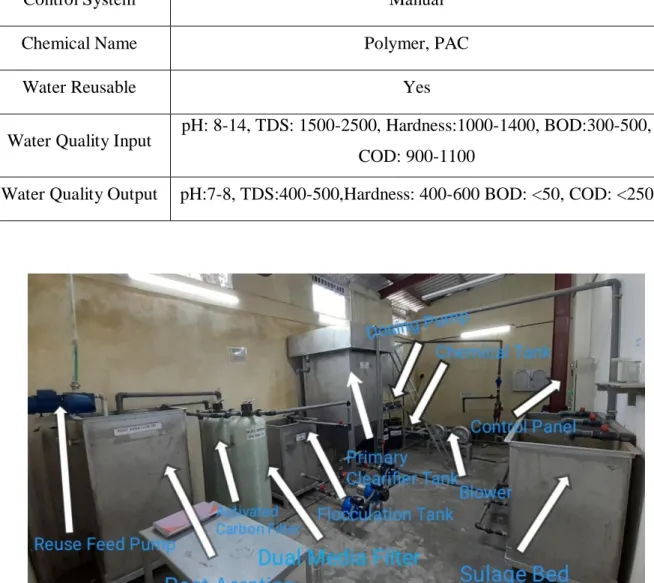
ETP 30-32
ETP filtration Step 31
Fire Department 33-35
Firefighting Tools 34
Fire Safety Measures 35
CONCLUSION 36-36
Recommendations 36
Conclusion 36
